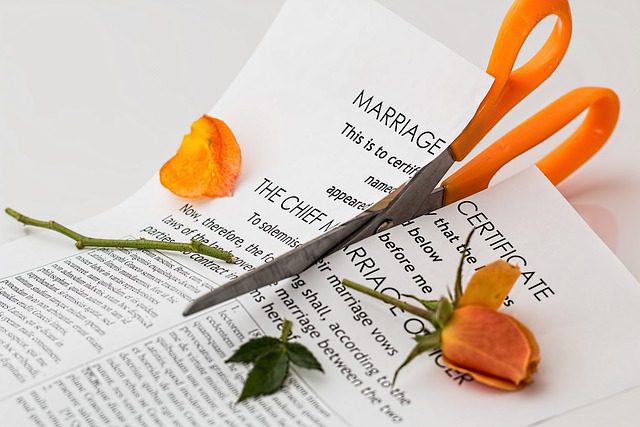Sexual Diversity in Islam and Global View
In the rich mosaic of global Islam, sexual diversity presents a profound dialogue on faith, love, and identity. Today’s Muslim communities are a vibrant tapestry of cultures, races, and increasingly, diverse sexual identities. This post explores the nuanced perspectives on sexual diversity within Islam, aiming to illuminate pathways toward greater understanding and inclusivity for progressive Muslims and allies.
What is Sexual Diversity?
Sexual diversity refers to the range of different sexual orientations, identities, and behaviours that exist within humanity. This includes but is not limited to heterosexuality, homosexuality, bisexuality, and asexuality, as well as variations within these categories. For many progressive Muslims, recognizing this diversity is essential in fostering communities that reflect the compassion, justice, and mercy emphasized in Islam.
Islamic Perspectives on Sexual Diversity
Islamic scholarship, rich and diverse in its interpretations and methodologies, offers various perspectives on sexual diversity. While traditional interpretations often present challenges to LGBT inclusivity, numerous scholars and theologians advocate for a more compassionate understanding, suggesting that the essence of Islam’s message is one of unconditional love and acceptance.
A Part of God’s Wisdom
Sexual diversity could be considered part of God’s plan. In the Qur’an, diversity is mentioned in various concepts including diversity in tribes, cast, colour, culture, language and even religion were all created by God’s wisdom. As it is mentioned in the Quran:
And one of His signs is the creation of the heavens and the earth, and the diversity of your languages and colours. [Surah al-Rum:22]
Sexual diversity also exists among humans living in this society, just as humans have different tastes in many things. It suggests that sexual diversity is a type of human diversity created by God’s wisdom. It is well mentioned in the Quran:
Male attendants having not desire for women [Surah al-Noor:31]
Diverse Interpretations and Historical Examples
Scholars distinguish between two categories of sexually diverse people. The first category encompasses effeminate men, whose nature reflects traits commonly associated with women, including their mannerisms, speech, and appearance but obviously, they are male. They are called ‘Makhanas’ Such individuals are not accountable for these characteristics, as they are inherent to their creation. The innate inability to alter these traits exempts them from criticism or punishment.
There is another category of sexually diverse people known as ‘Khunsa’ either they have clear indications of being a male or female ‘ambiguous intersex people’ or they have no clear indications of being a male or female ‘unambiguous intersex people’.
According to Shariah rules, the former should be treated by what they appear to be, either a male or a female or their attraction toward a specific gender. Later should be treated by what they possess. [Al-Mughni:7/619]
Historical example from the Prophet’s Life
Historical narratives record that the Prophet PBUH initially did not rebuke such individuals for entering women’s quarters for their natural disposition.
Umm Salamah narrated that within her home, in the presence of the Prophet PBUH, there was a Mukhannath (an effeminate man). He remarked to Umm Salamah’s brother, his intention to point out a woman known for her beauty. Hearing this, the Prophet (peace and blessings be upon him) said: “Do not allow these men to enter your homes freely.” Sahih Muslim:2180
It is clear that when his category was declared to the Prophet PBUH, he was restricted from entering the houses of females.
Those intentionally adopted sexual deviation
Another category involves men who do not naturally possess effeminate traits but adopt them intentionally, mimicking women’s behaviours, appearances, and speech. This deliberate action is censured in various authentic traditions, where it is met with disapproval. The Prophet PBUH cursed those who intentionally deviated his/her gender.
Challenges Within Muslim Communities
Despite the historical nuances, sexual minority groups within contemporary Muslim communities often face societal and cultural challenges. Stigmatization, exclusion, and sometimes, outright hostility can impact the well-being and spiritual lives of LGBT Muslims, compelling many to navigate their identities in solitude or silence.
![]()
Many modern countries give them rights which cross the limits of Islamic ideology i.e. building homosexual relationships. Whereas Islamic clerics oppose the moves advancing LGBT rights.
Promoting Understanding and Acceptance
- Creating inclusive Muslim communities where sexual diversity is acknowledged and respected requires concerted efforts.
- Education plays a pivotal role in dispelling myths and fostering empathy. Initiatives that emphasize the diversity of the ummah (global Muslim community) and the Islamic values of compassion can pave the way for more accepting attitudes.
- Mosques and Islamic organizations can also offer support by hosting inclusive spaces and events, providing counselling services, and promoting dialogue that respects the dignity of every individual, regardless of their sexual orientation or identity.
- Contemporary Islamic jurisprudence signifies the possibility of transgender people changing their gender status to nature but only after surgery.
- Islam gives them the right to marry or the right to be treated as male and female under some jurisprudential guidelines. Whether they have sexual desires for opposite genders. They cannot marry with the same gender.
- Some neo-classical scholars recognized effeminate men as the third gender until their behaviours were not naturally contrasted to their designated gender at birth time.
Conclusion
The conversation surrounding sexual diversity in Islam is complex and multifaceted, reflecting the wider challenges and opportunities within our contemporary world. It underscores the need for ongoing dialogue, education, and empathy. By engaging with different perspectives and striving for understanding, Muslim communities can become spaces where every individual, irrespective of their sexual identity, feels valued and embraced.
In the spirit of learning and compassion, we invite you to subscribe to our platform for more insightful content on diversity, inclusivity, and the beauty of Islam in all its dimensions. Together, we can foster a more understanding and accepting world.







